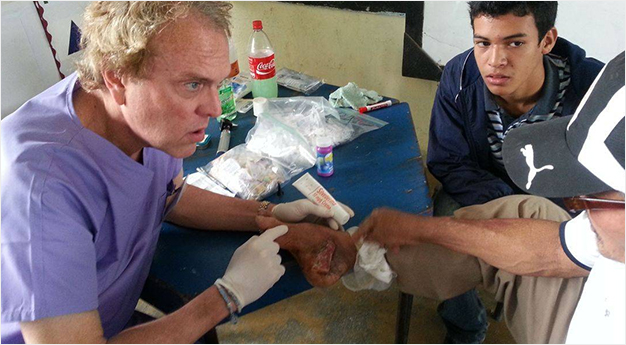 My dad, an eye surgeon, and my mom, a school nurse, used to take us three kids to spend part of our summers at small missionary hospitals down in Mexico and on the southwestern Indian reservations of New Mexico.
My dad, an eye surgeon, and my mom, a school nurse, used to take us three kids to spend part of our summers at small missionary hospitals down in Mexico and on the southwestern Indian reservations of New Mexico.
On one of those trips, we met the chief of the Navajo tribe we visited. This 65-year-old gentleman could barely see, so he carried around a magnifying glass to help see better.
Calling it a magnifying glass is a generous description. It was just a triangular piece of wood, with a 3-inch hole cut out of it, and the bottom of a coke bottle placed in the hole. The homemade contraption was tied to a length of string, so he could wear it around his neck.
Yep, you guessed it! In order to see with any detail he would hold up that triangular piece of wood and peer through the coke-bottle glass to be able to see better.
I remember him to this day.
He had a small cataract, but after testing his vision, dad said lenses would still dramatically improve his vision.
We dug into the box, found a pair of glasses with lenses that equaled his needed correction, and adjusted them so they would fit. It was a woman’s glasses frame, but nobody knew or cared.
He opened his eyes and for the first time in his life he clearly saw the other Navajos who were watching with interest what we were doing.
Tears began to well up in his eyes, and he mumbled something I couldn’t understand. His translator told us that for 65 years he had never clearly seen the facial detail of his people.
I had wanted to be an airline pilot when I was younger, but ironically my vision was so bad it disqualified me from flying for either the airlines or the military.
The impact of helping this old Navajo chief see for the first time drilled into my mind the power of medicine to make a difference in people’s lives.
And I wanted to bring that to others.